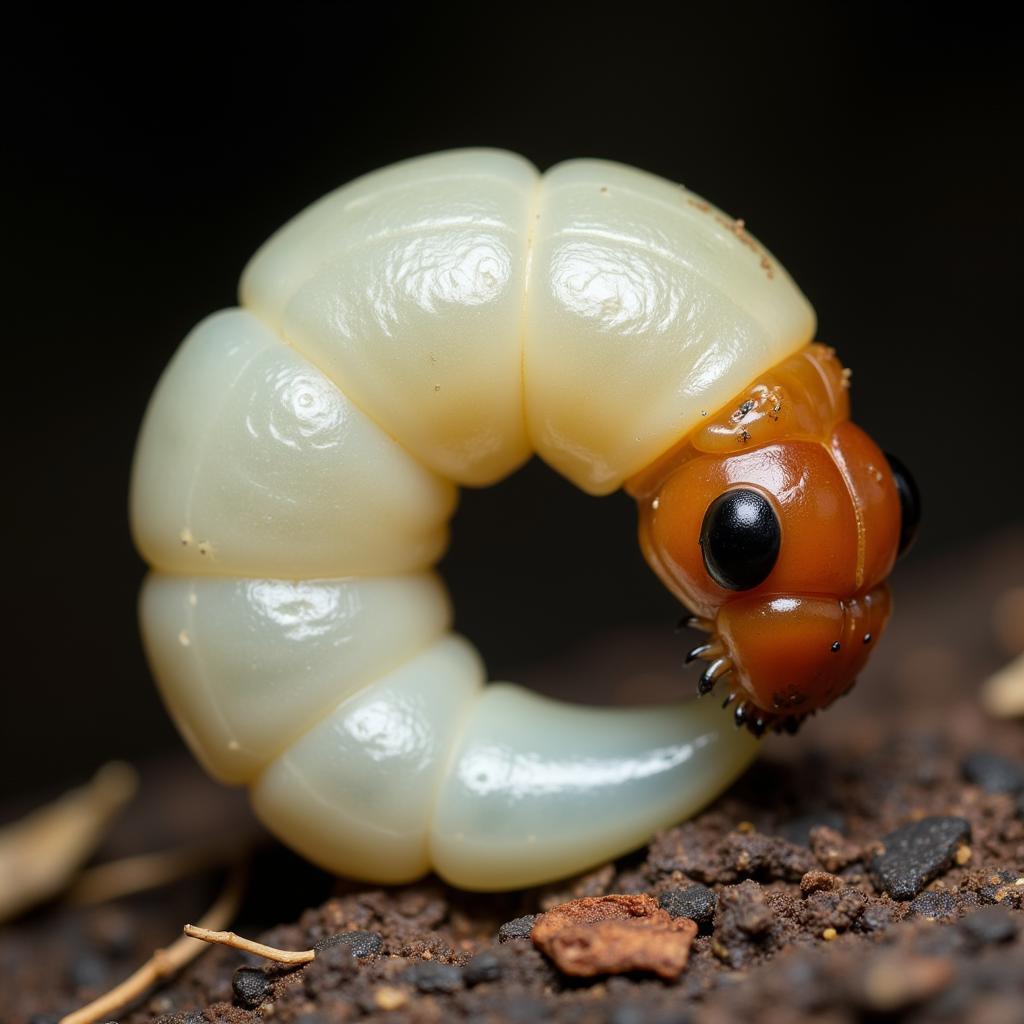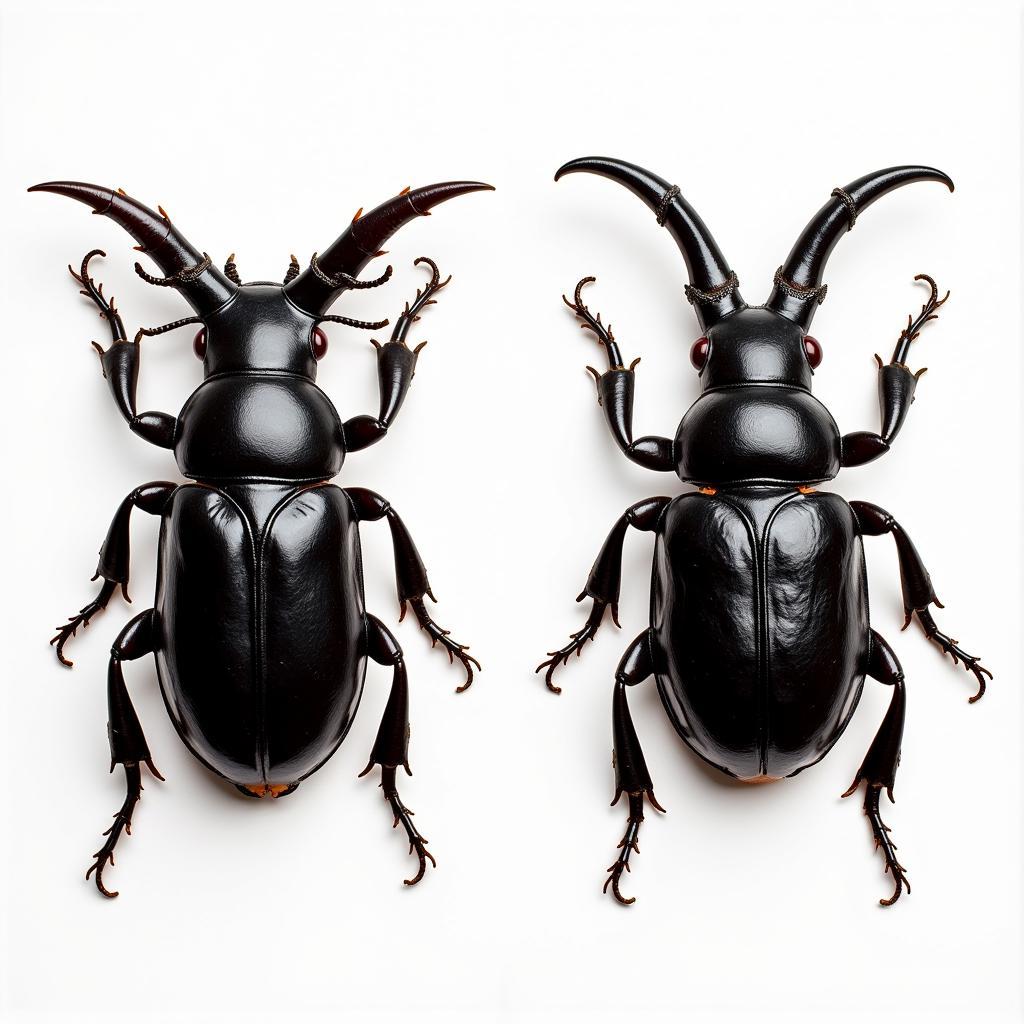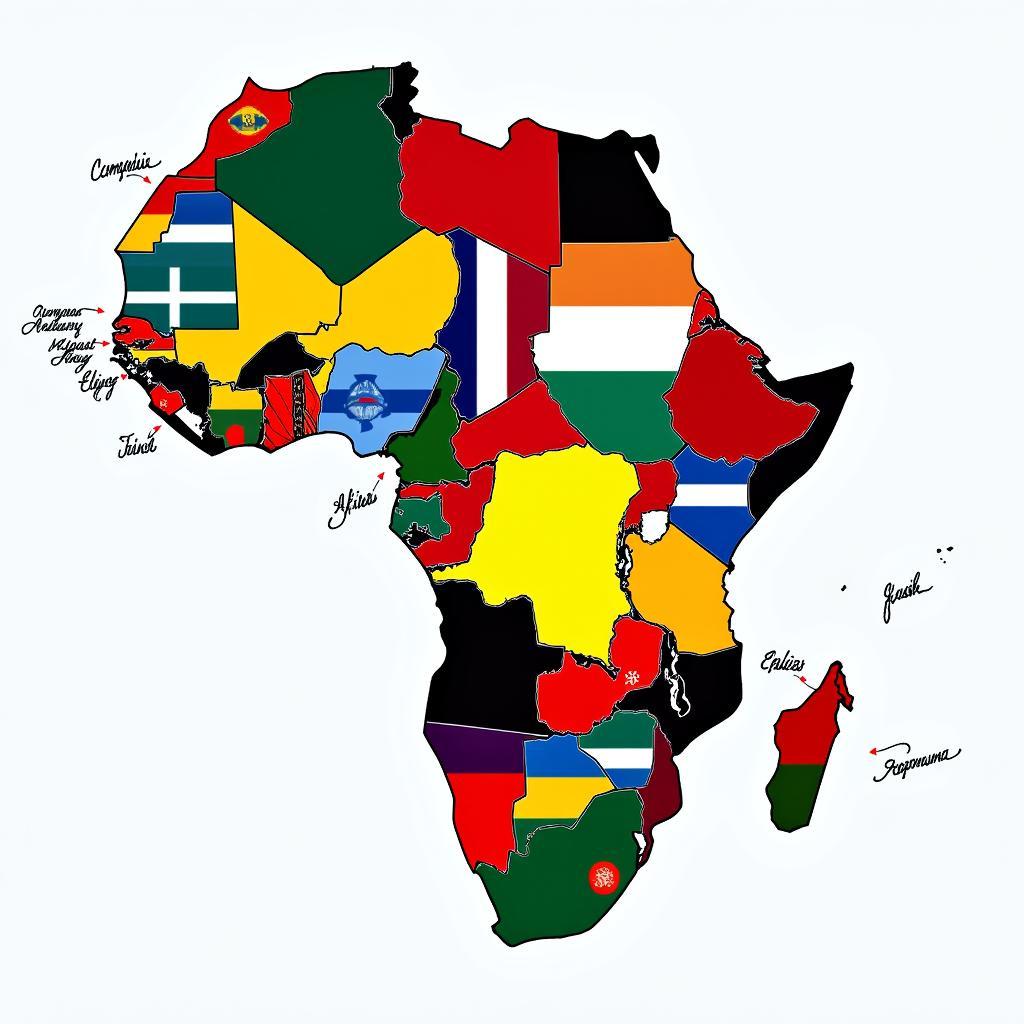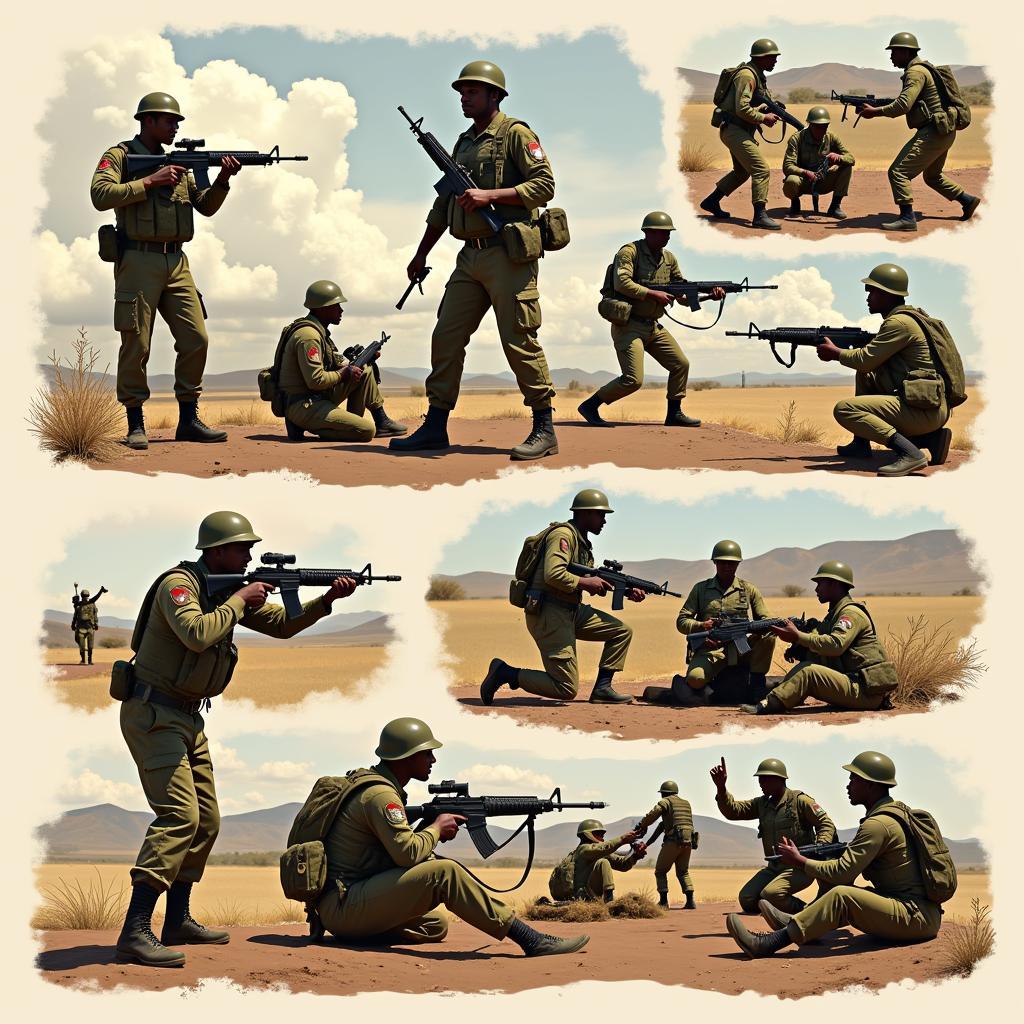Unraveling the Mysteries of the African Goliath Beetle
The African Goliath Beetle, a creature whispered about in hushed tones by children and admired by entomologists, is more than just a large insect. It’s a testament to nature’s grand design, a miniature tank clad in chitin, and a symbol of the incredible biodiversity found within Africa. These gentle giants, often exceeding 4 inches in length, are among the largest insects on Earth, their size rivaled only by a select few other beetle species.
 African Goliath Beetle Size Comparison
African Goliath Beetle Size Comparison
A Life Cycle of Epic Proportions
The life cycle of the African Goliath beetle is a fascinating journey of metamorphosis and survival. It begins with eggs laid in the nutrient-rich soil, hatching into larvae that are anything but tiny. These larvae, known as grubs, possess voracious appetites, feasting on decaying wood and leaf litter. This feeding frenzy fuels an incredible growth spurt, with the grubs reaching lengths of up to 5 inches before pupating.
 African Goliath Beetle Larva
African Goliath Beetle Larva
The pupal stage, spent within an earthen chamber, is a time of dramatic transformation. Inside the pupa, the larval tissues reorganize, eventually giving rise to the adult beetle. This process, lasting several months, culminates in the emergence of the adult beetle, ready to begin its brief but crucial role in the ecosystem.
“The Goliath beetle’s life cycle, particularly its larval stage, plays a significant role in nutrient cycling within African forests,” explains Dr. Amani Jabari, a renowned entomologist specializing in African insect biodiversity. “Their consumption and breakdown of organic matter contribute to the health and fertility of the soil.”
A Feast for the Eyes: Appearance and Adaptations
African Goliath beetles are a sight to behold. Their exoskeletons, a masterpiece of natural engineering, are not only incredibly strong but also visually stunning. Most species exhibit a striking combination of black, brown, and white markings, often arranged in intricate patterns.
 Male and Female African Goliath Beetles
Male and Female African Goliath Beetles
Perhaps the most distinguishing feature of the male Goliath beetle is its large, Y-shaped horn. This impressive appendage is used in battles with other males over mates and territory, making for a captivating display of strength and agility. Females, lacking the horn, instead possess a wedge-shaped head, perfectly designed for digging nesting burrows in the soil.
Beyond Size: The Goliath Beetle’s Place in African Culture
The African Goliath beetle holds a special place in some African cultures. In certain regions, they are revered as symbols of strength, resilience, and the cycle of life. Their impressive size and life cycle have inspired myths, legends, and even traditional songs.
Dr. Jabari elaborates, “The Goliath beetle serves as a reminder of the interconnectedness of life in the African ecosystem. They are not merely insects but integral threads in the rich tapestry of African biodiversity.”
Frequently Asked Questions about African Goliath Beetles
1. Are African Goliath beetles dangerous to humans?
No, African Goliath beetles are harmless to humans. They are not aggressive and do not possess any venomous bites or stings.
2. What is the average lifespan of an African Goliath beetle?
The adult lifespan of an African Goliath beetle is relatively short, lasting only a few months. However, their larval stage can last for several years.
3. What is the role of the male Goliath beetle’s horn?
The male’s horn is primarily used for display and combat with other males during mating season. It plays a crucial role in establishing dominance and securing access to females.
4. Can African Goliath beetles fly?
Yes, African Goliath beetles are capable of flight, despite their large size. They possess a second pair of wings, concealed beneath their hard wing covers (elytra), which they use for flying.
5. What do African Goliath beetles eat?
Adult Goliath beetles primarily feed on tree sap, fruit, and nectar. Their larval stage, on the other hand, relies on a diet of decaying wood and leaf litter.
For additional information and resources on African wildlife and culture, explore other articles on our website. Contact us at +255768904061, email us at kaka.mag@gmail.com, or visit us in Mbarali DC Mawindi, Kangaga, Tanzania. Our dedicated team is available 24/7 to assist you.



